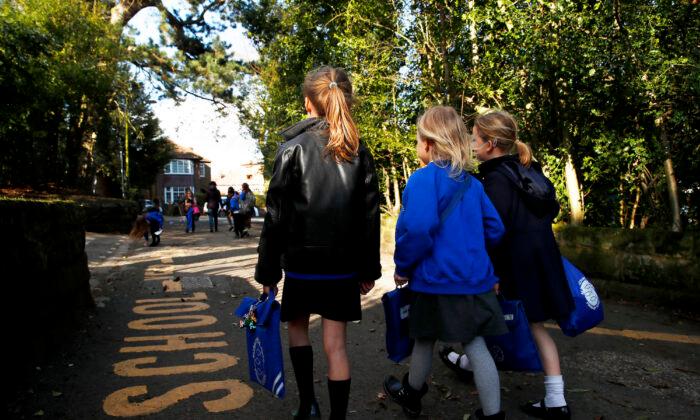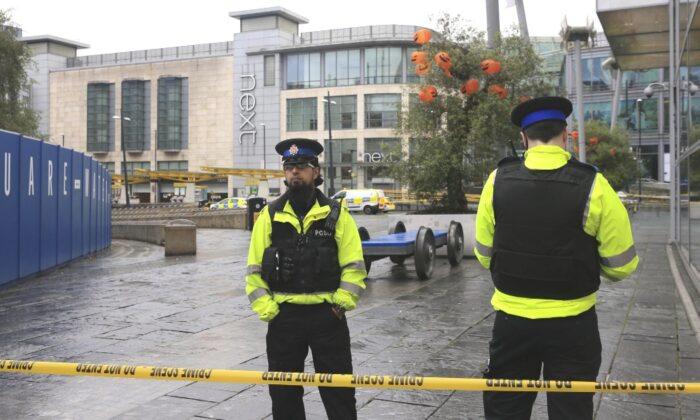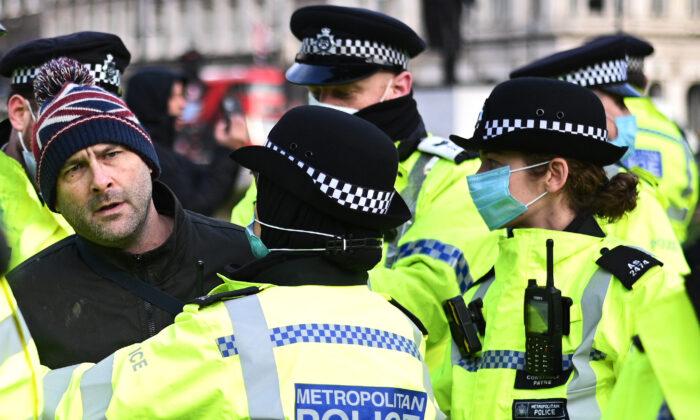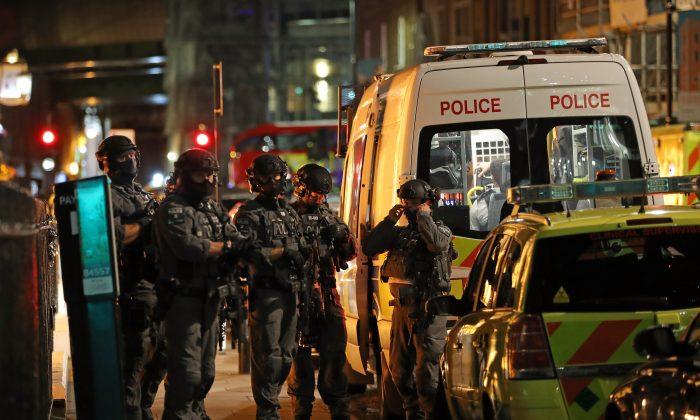Children’s well-being and education should be put first in any future UK lockdowns, England’s Children’s Commissioner said in a briefing for ministers on Wednesday.
“If the choice has to be made in a local area about whether to keep pubs or schools open, then schools must always take priority.”
Her report comes after the education secretary Gavin Williams announced in July that all UK schools must re-open in September.
In Longfield’s rationale, schools should be “first to open, last to close,” even at the expense of other sectors.
“All children have a fundamental right to receive an education. Schools and early years settings should be kept open wherever possible,” the briefing states.
“Suppressing levels of infection in the wider community will allow schools to operate with lower risk.”
Staggered school start and finish times, walking and cycling to school to avoid using public transport, and families not gathering at the school gates are among recommended measures to reduce virus spread and help keep schools open.

“It does have to depend on the facts of the case, and that’s why the local director of public health will be responsible for the response [to a spike in the virus],” he said.
He said that all children, even those in areas where there are currently local lockdown restrictions, would be returning to school in September.
“But you can’t decree this for every single case, and it will depend on the circumstances of a local increase in the infection rate,” he said.
“The last thing anyone wants to see is the reopening of schools leading to a resurgence of the virus,” Whiteman told The Times. “There are many factors that will contribute to this, most of which are entirely outside a school’s control.”
Test And Trace
In order to work effectively, a robust test and trace service needs to be in place when schools re-open in September, the Children’s Commissioner said.“This will be particularly important in the 2020/21 winter flu season when clusters of flu could be mistaken for a Covid-19 outbreak and result in unnecessary closure or interruption,” the briefing states.
Testing could also allow individual students and their close contacts to be isolated instead closing whole classes, year groups, or schools in response to new cases being detected.
“Rapid tracing must distinguish between the source and the location of infections. Schools could be more likely to be the latter than the former—i.e. infections detected within schools could reflect outbreaks that originated in local workplaces,” the briefing states.
“To prevent a second COVID-19 wave, relaxation of physical distancing, including reopening of schools, in the UK must be accompanied by large-scale, population-wide testing of symptomatic individuals and effective tracing of their contacts, followed by isolation of diagnosed individuals,” the study authors wrote.
The researchers also said that not increasing testing could result in a second virus wave about twice the size of the original wave.





